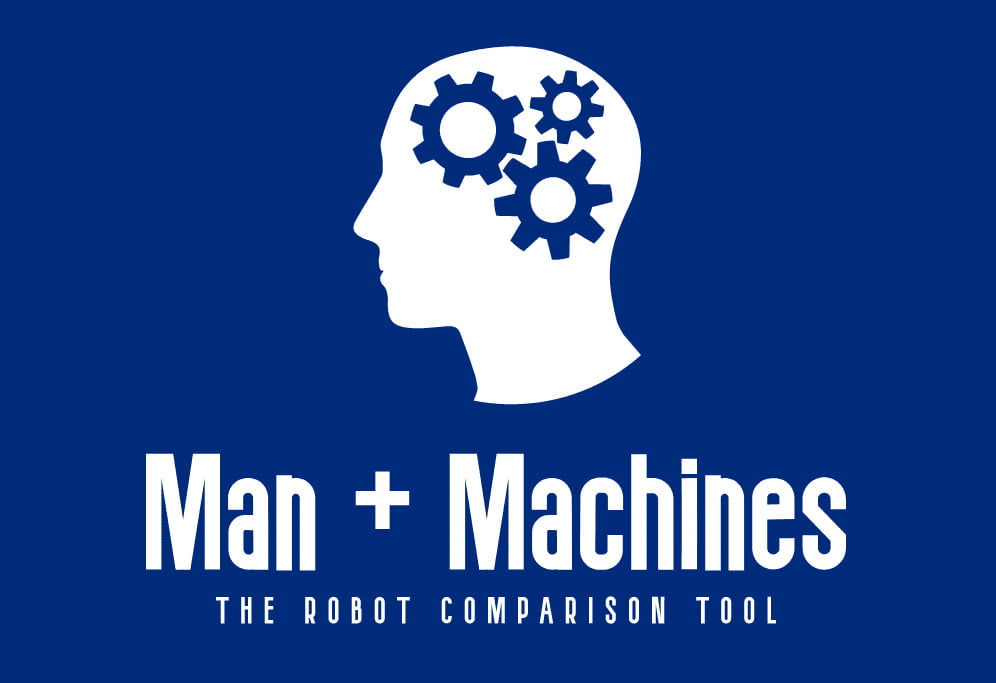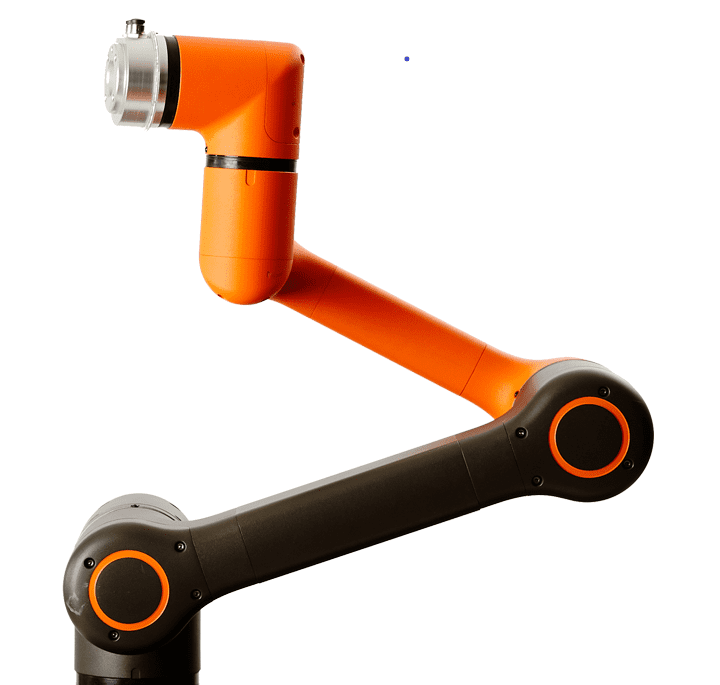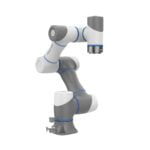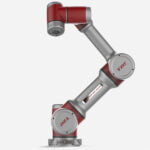What’s the story behind Hanwha cobots?

Hanwha, a major Korean technology group, has a long experience in industrial machinery and solutions. With it, they launched their first cobotic line in Asia in 2017.
They have incorporated the main elements of the best cobots on the market (compact design, collaborative function, ergonomic interface) to tackle medium and quality-batch industries. But they have also relied on high compatibility with partner tools and software, to deliver a very open and versatile robot.
The group now wants to make its mark in the dynamic and emerging American and European markets with its recent HCR series, providing models with fairly broad features. The HCRs want to seduce industries by taking the best of collaborative robots, while bringing a wide range of tools and external applications (vision, safety, mobility).
Are they up to this new challenge?
How to use Hanwha HCR cobots?

It all starts with setting up the robotic arm on its stand and connecting it to the power base and control interface. Once the hardware is plugged into the proper inputs and outputs, you can then already turn on the user interface.
On the user interface, you need first to set the coordinates of the axes. To be able to move the robot intuitively in space, you need to specify the most suitable coordinate axis for your application. Then you need to calibrate the end effectors, calculating the center point of contact and the tool payload.
When you have finished configuring the robot, you can then create your first program. To do this, the programming interface allows you to either define a motion with the hand controller or with the hand. In the first case, you can move the arm according to the arrows of each axis. In the second case, you can use the free learning mode to guide the arm from one position to another. When you have defined the command, the robot can then either perform a linear, circular or plane movement.
To make the application more complex, you can then add loop, pause and action functions for the different effectors. You can also use logic functions and define variables to make your applications more flexible.
To go even further, you can use the robotic vision module directly on the interface. In this case, you need to calibrate the vision coordinates and train the software by subjecting it to several object examples and recognition patterns.
When you have finished coding, you can save the program and run it through a defined number of loops.
What are the possible applications of the HCR series?

With its compatibility with all types of end effectors, the HCR series of cobots handle with great ease common industrial applications :
- Loading and unloading of machines
- Intelligent pick & place
- Screwing
- Assembly of parts
- Palletizing
- Welding
- Quality control
What does interaction with Hanwha HCRs really look like ?

In all, Hanwha HCR cobots come close to the experience provided by the best models on the market, while bringing their own specificities. There are several reasons for this.
First, Hanwha robots support a wide range of external tools and solutions. The group has made them compatible with a wide range of end effectors and has greatly encouraged partnerships with other manufacturers. Together with their advanced Hanwha mobility, vision, logistics, and safety solutions, they offer manufacturers a complete automation system. Moreover, combined with a relatively open software environment, they can therefore handle companies’ tasks in a synergistic and autonomous way.
Secondly, Hanwha’s manufacturing quality and technologies provide everything needed to handle traditional applications (moving parts, screwing, assembly, etc.) with efficiency. While the series may not show the best technical specs on the market, the higher-end models still deliver convincing speed, load and reach. The safety features (collision detection and emergency stop) ensure the safety of the users, although you might always check and set these functions correctly on the menu.
Finally, the Hanwha programming interface is worth the comparison with competitors’ experience. It allows coding applications in-depth, using and defining loops and logical conditions. Although it may lack usability at times, programming-familiar users can quickly learn to code the tasks they need.
Our Ratings
Overall
-
Performance
-
Usabillity
-
Safety
-
Versatility
What to make of Hanwha HCR Series ?
Hanwha cobots are a great choice for any industry that seeks a complete and efficient automation solution. Equipped with various external solutions and with advanced technology, they can take on any basic industrial application, while allowing for great flexibility. By mastering the possibilities of the control interface, industrial users will have everything they need at their fingertips.




